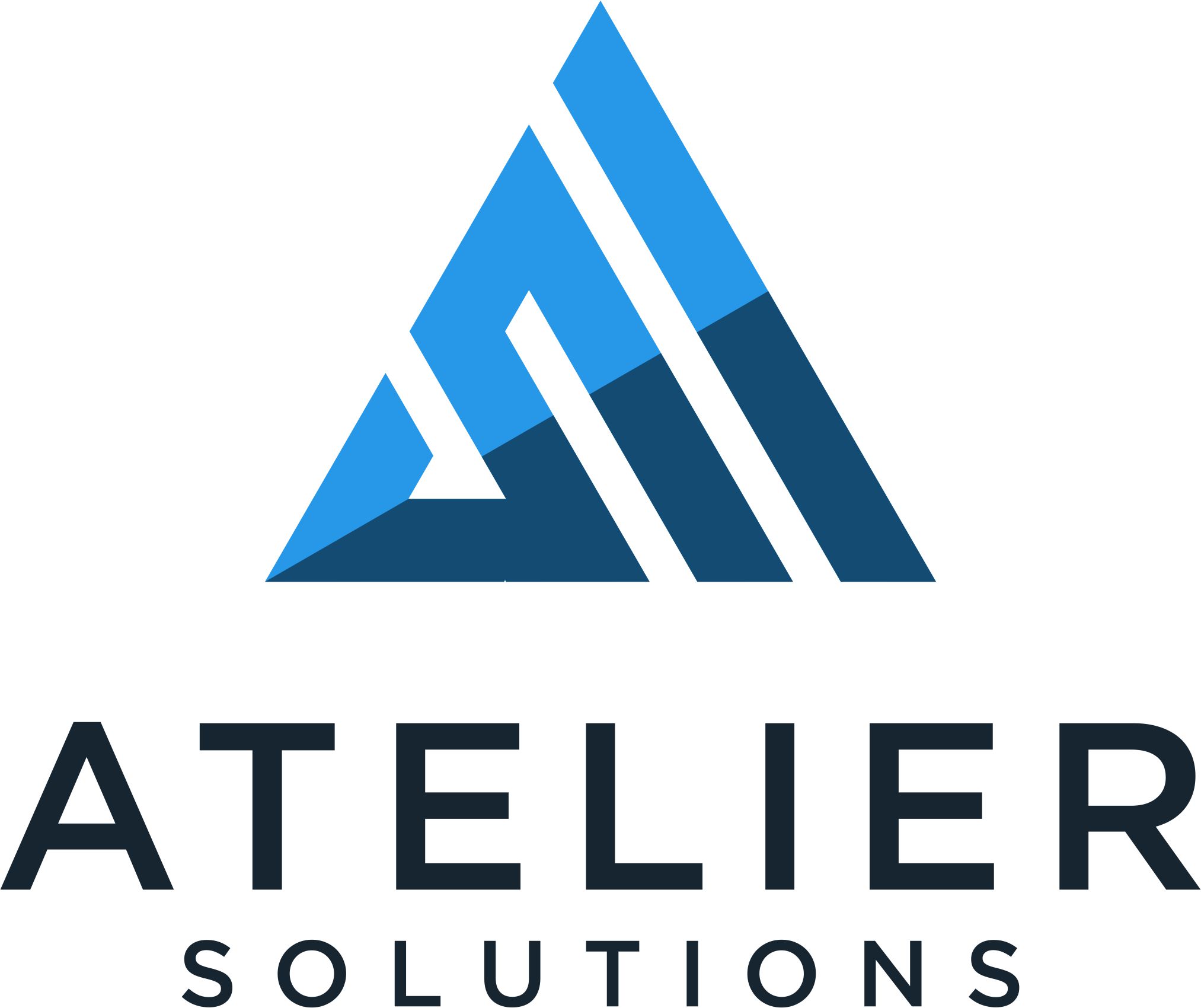When discussing how to transition to new systems or environments, one of my favorite approaches is the strangler pattern because it allows for a low risk approach to transition to the new environment in a piecemeal fashion. There is a hidden risk with this approach, and it is the price tag is increased tech debt adding complexity and maintenance costs. In the short term, this is unavoidable, but this is why the approach is usually considered a temporary solution. Once the new solution is in place, the added complexity goes away, and the old system can be retired.
Lately, I’ve seen some posts floating around advertising a way to add life to your legacy systems by using one technology or another to create a translation layer to breathe more life into the old system. For the CIO it becomes a win because the large investment in the original system can continue to reap dividends while being able to roll out new functionality and adapt to the latest trends. It also allows for you to integrate your older systems with newer tools and techniques.
If you’re hoping to expand the capabilities of your current system, then this is an excellent way to go… in the short term. Don’t get me wrong, this can work really well as a long term strategy as well, but clear expectations and a focused direction must be in place. What you are doing is expanding current functionality, but if you are hoping this will solve the underlying issues from finding additional resources and making it easier to maintain the older system, then you will be in for a surprise. Not only will you still need the team to manage the old system, but now you will need a group to maintain the bridges being built.
With most transformation strategies, the goal is almost always to reduce cost. Whether it is the current maintenance and support costs, or the cost of time spent making updates. Unless there is a longer term plan in place for what the current ecosystem will look like, then this short term approach will make it even harder to transition away when the time does come. Most importantly, this doesn’t solve the underlying issues that are driving the push towards the newer technologies. The care and feeding still needs to be done on the underlying system, but now you’ve added to it.
What this approach does give you, from a short-term perspective, is buy you time to get your pieces in place for the migration strategy. Don’t get me wrong, you can do this with a longer-term view and it is a great way to add newer pieces to your preexisting framework so long as you keep in mind the older system will still be there, and will still require care and feeding.

